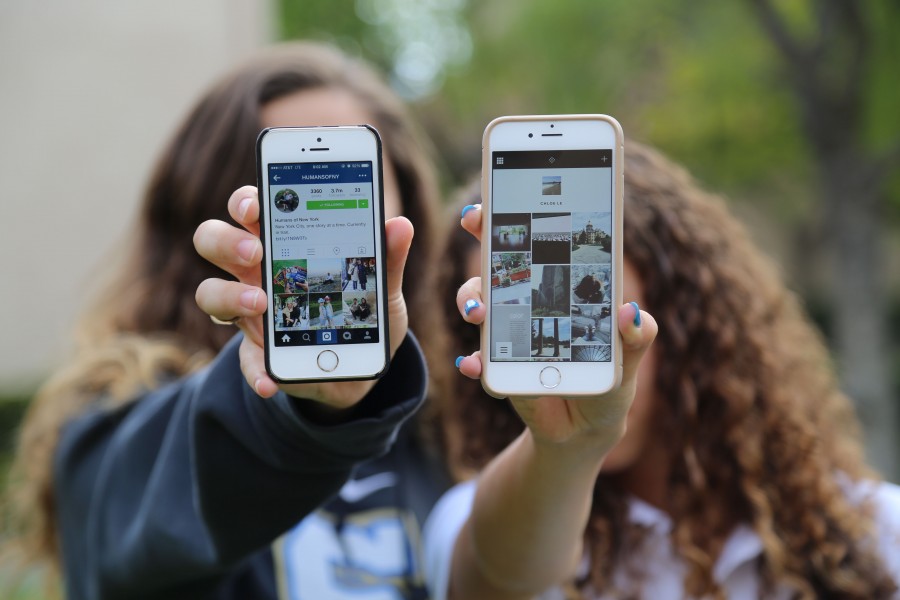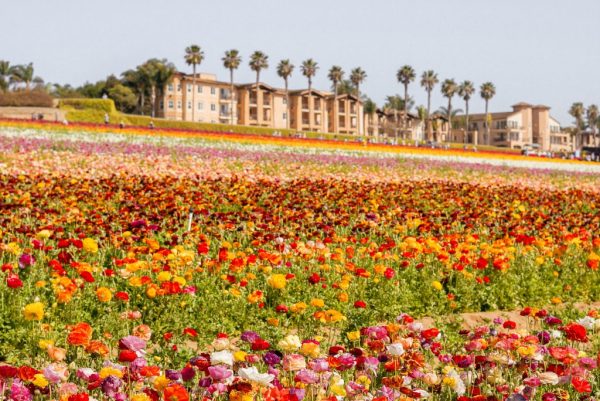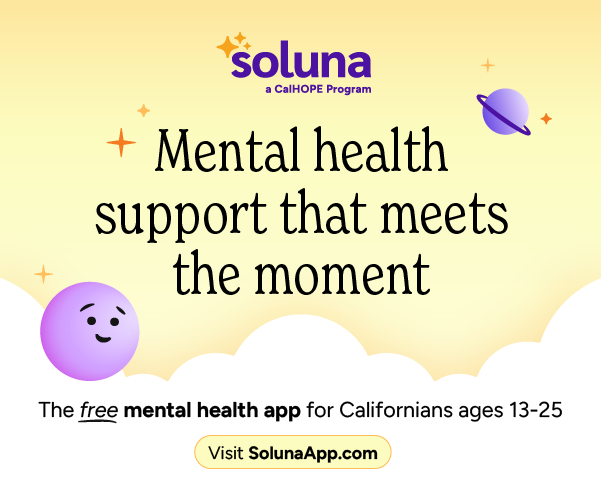A tale of two apps
The rise of VSCO causes controversy due to its similarities to Instagram.
Picture perfect profiles – The profile pages of Instagram and VSCO seem similar in format but are different in content.
The link seems to show up in everyone’s Instagram bios. By the tap of a finger, curious followers are sent into a completely separate social medium site. They’re transported to a whole new world — that of VSCO.
Formally known as Visual Supply Company, VSCO was founded in 2011, roughly a year after the founding of Instagram. Oddly, the startup owes much of its success to rival Instagram, where a large part of its superbly edited photos are shared using the hashtag: #VSCOCam. The company even finished as runner-up for Apple’s renowned “App of the Year” award in the 2013.
While many choose to download Instagram for the purpose of racking up likes and obtaining followers, the appeal of VSCO is different.
“I feel like I can post more on VSCO that resembles myself and I can kind of make it my own blog,” said junior Delaney McCabe. “Instagram is more of you with friends saying ‘This is what I did today’, but VSCO is through the eyes of your lens without you in it.”
People who use VSCO can post photos alongside journal entries while also being able to update various collections. The co-founders of VSCO aim to “honor art and its artists while fueling a worldwide creative movement through innovative tools”.
“I find that VSCO has more abstract photographs of what people enjoy,” said senior Adam Volpo. “On Instagram people post more of what they think others will enjoy.”
Opposing Instagram’s “know and be known” characteristic, VSCO is very much an anti-social social network. Users can’t leave comments, nor can they click a heart icon to “like” a post. Currently, VSCO’s main purpose is to allow people to follow photographers whose work they admire.
“The photographers I follow inspire me to take better photos,” McCabe said. “I love being able to see other people’s creativity with their cameras rather than seeing selfies of people from orange county.”
Because of its emphasis on art and unique photo edits, VSCO is designed to let the images speak for themselves. On the other hand, Instagram pushes a more crowded feed of hashtags and shout outs–and that can feel noisy to some users.
“I like editing my photos on VSCO in different ways than I would on Instagram,” said senior McKenna Krogius. “I definitely prefer VSCO because I can share more photos at a time without people getting annoyed and unfollowing me.”
Instagram appeals to the masses, with its connected population, at around 300 million users who, in total, share over 60 million posts a day. On the other hand, VSCO does not acknowledge its members as “users”, but rather “creative peers”. The VSCOcam edits enhance the artistic side of those who choose to make a profile.
“You can post multiple photos from the same day without worrying about clogging feeds because as long as you enjoy the photo, you post it,” Volpo said. “VSCO is actually for photography, Instagram is for people to judge you.”
Popularity is the target in the competition of these two apps. Questions arise about VSCO’s potential success in the future and whether it could ever equal or surpass that of Instagram.
“VSCO is definitely getting to be bigger than it used to be, but I wouldn’t say that it will be more popular than Instagram,” Krogius said. “With so many people already addicted to the social aspect of Instagram, it will be hard for VSCO to become established like that.”
Because VSCO provides such a drastic alternative to Instagram, it’s hard to compare the two. However although more people use Instagram, it doesn’t provide the opportunity of free and artistic expression that VSCO does.










